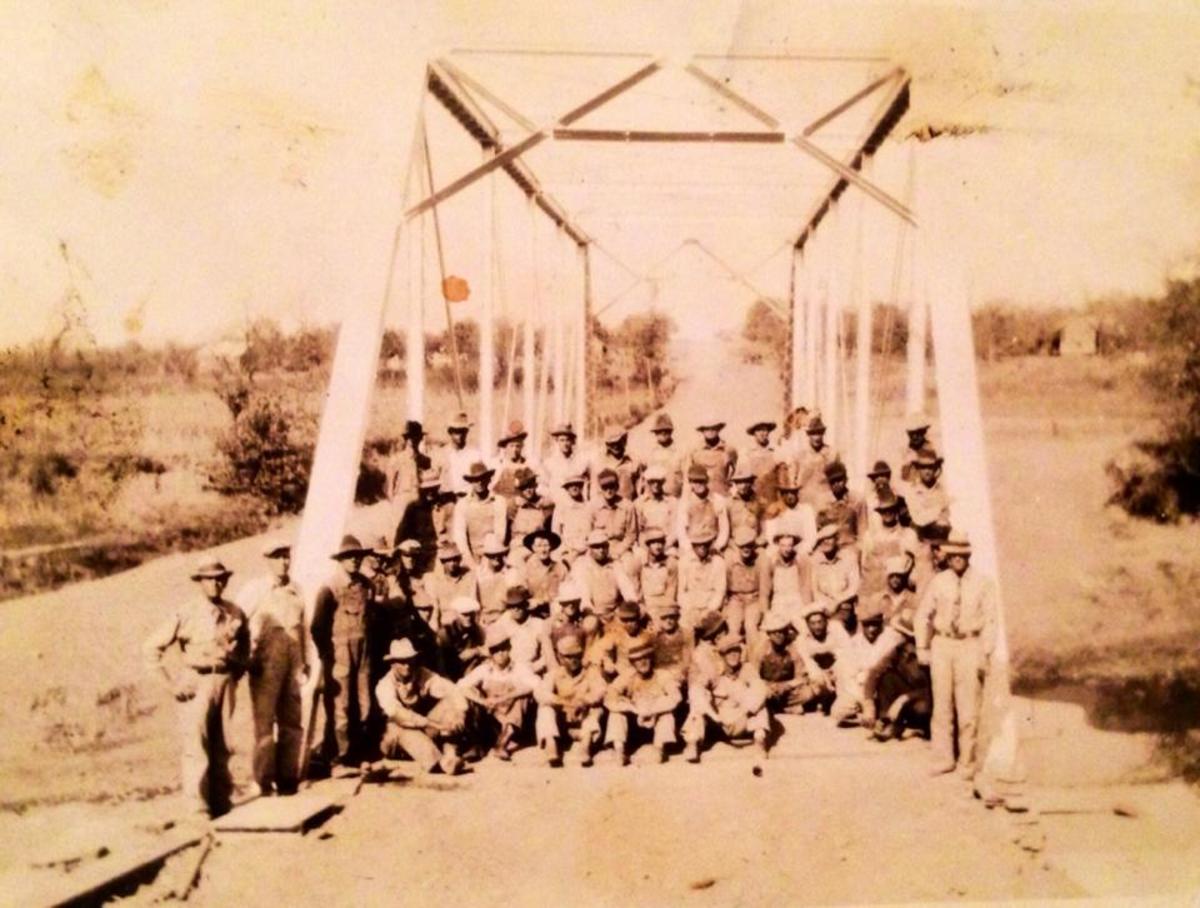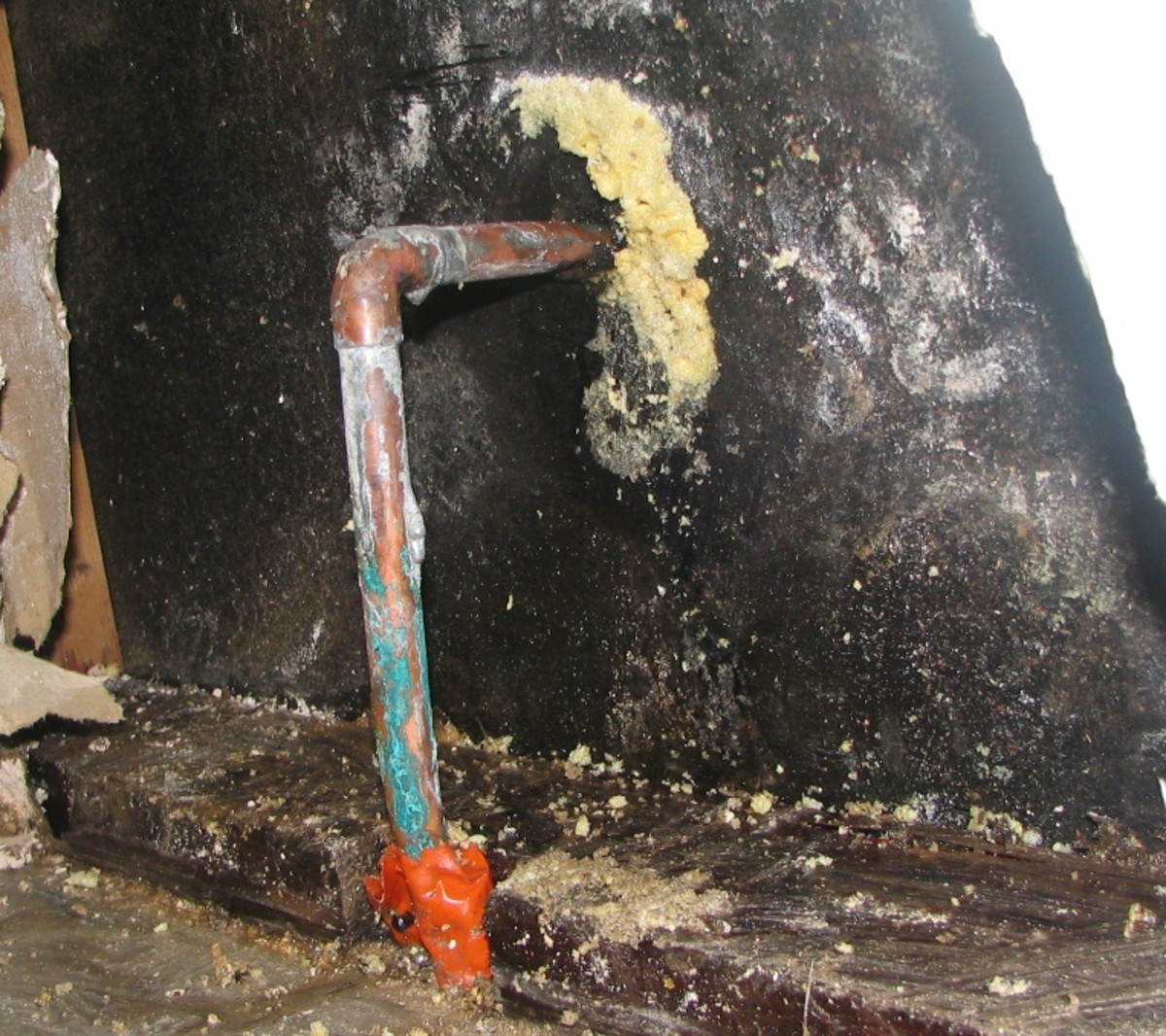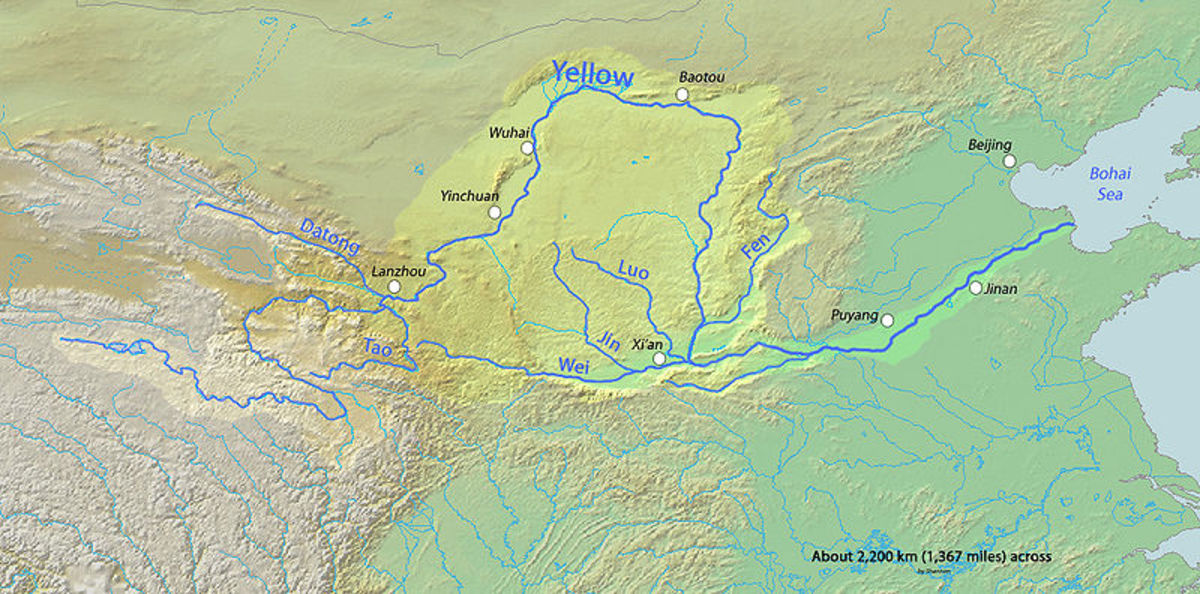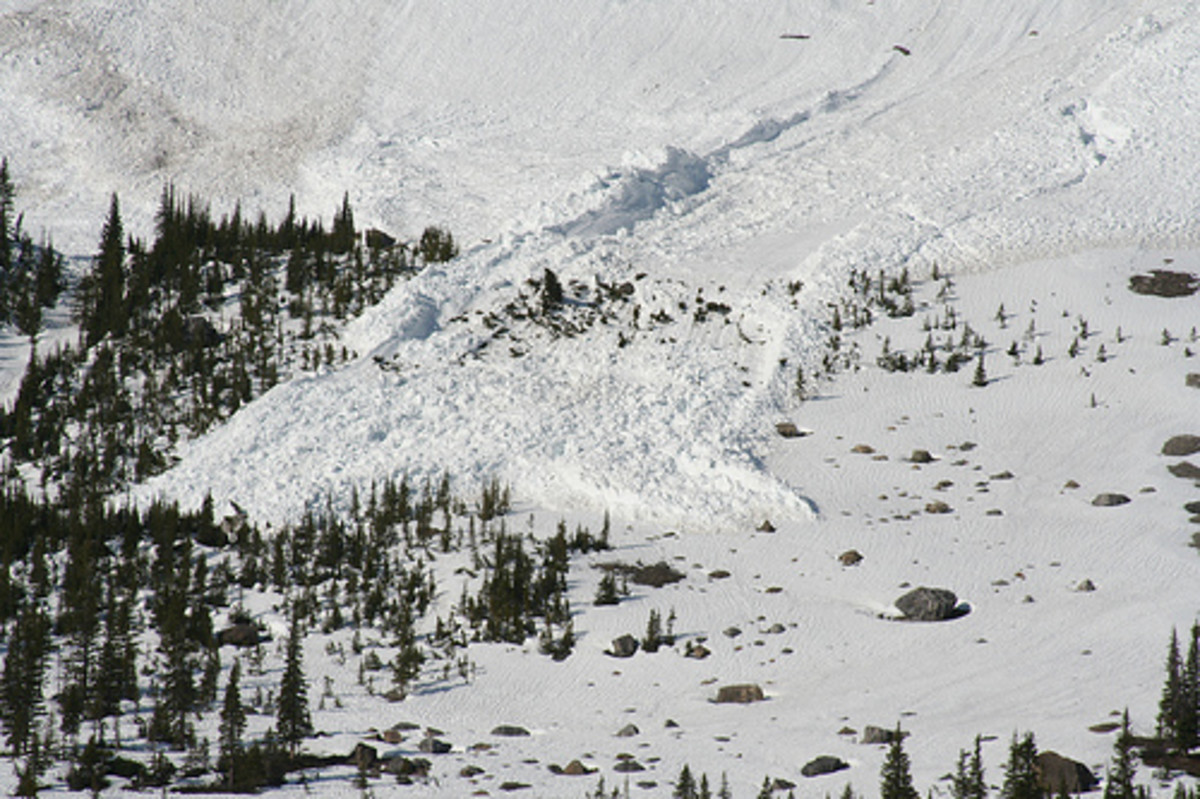Flood Types and Flood Safety
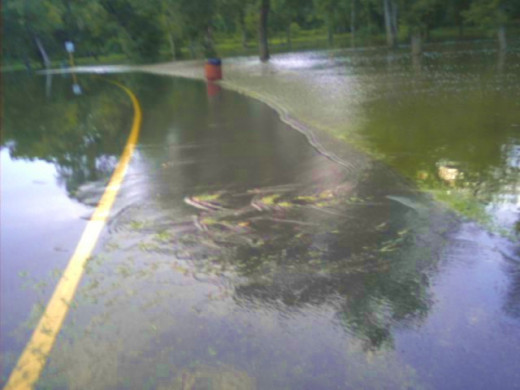
By Joan Whetzel
Rain is a necessary ingredient for life on Earth. It feeds the plants that people and animals need for food and it cleans the air we breathe. Yet when it falls too quickly or in quantities to large for region to handle, then rivers and streams spill out of their banks and flooding occurs. Floods can be broken down by category or type based on: level of flooding (minor, moderate, or major), speed of onset (slow onset, rapid onset, flash floods), and location (coastal, arroyo, river and urban flooding). Flooding frequently arises so quickly that people can't get out of its way quickly enough. There is usually little or no time to pack up ones personal belongings and get out of harm's way before the flood waters invade a family's home or swallow up the vehicle they are driving in There are, however, a number of ways to prepare well in advance and to keep your loved ones safe in the event of a flooding episode.
What Is Flooding?
Flooding is considered an excess of water from heavy rain or melting snow, or from a rivers and streams that can no longer contain the flow of water within their banks. The excess water covers expanses of land. At any point the flood waters can become significant, meaning that they put people, animals, homes and businesses, and land usage (farms and ranches) at risk.
Watches and Warnings
By tracking weather systems and seasonal changes in weather (i.e. the melting of snow in the spring), meteorologists and government agencies (from NOAA and the National Weather Service) can warn people in advance of the possibilities of flooding or the likelihood that a flood event will occur in any given region. These warnings are issued in the form of Flood or Flash Flood Watches and Flood or Flash Flood Warnings.
A Flood/Flash Flood Watch is issued when the conditions are right for a severe weather event and there is a possibility of a flood or flash flood. Flood/Flash Flood Warnings are issued when severe weather is occurring in a specified region and flooding or flash flooding are highly likely or are imminent. Recommendations for immediate evacuations are usually issued at the same time.
Types of Flood by Flood Level - The Three Ms
Types of flood levels include minor flooding, moderate flooding, or major flooding. Minor flooding is usually described as some street flooding or when streams and rivers reach flood stage, but which poses no danger to property, and which is considered more of an inconvenience than a threat to the general public. Moderate flooding will cause at least some minor flooding to homes, and roads located near streams or rivers, and usually prompt evacuations of people and pets as well as the moving of personal property so that it won't be under water inside the house or business. Major Flooding occurs when there is a significant amount of water covering roadways and filling homes and businesses, causing widespread evacuations and transferring of property to keep it from being damaged by the flood waters.
One other water level that isn't quite a flood, but is still worth considering, is that of ponding. it occurs in flat areas, like fields, where small, shallow pond-like layers of water collect following a rainstorm or a rapid melting of snow. These usually absorb into the ground within hours or within a day or two.
Types of Floods by Speed of Onset
Floods can be categorized by the speed of onset - slow onset, rapid onset or flash floods. Slow onset floods - like those caused by flooding upstream - take a long time to begin and can last for days, weeks or months. Rapid onset flooding occur as part of a major rain event and last for relatively short periods of time, anywhere from a few hours to a day. They can cause a great deal of damage and pose a danger to life. Flash floods, like rapid onset floods, can occur within a few minutes of the beginning of a rain storm. They fill up rivers and streams and roadways so quickly that people find they have little or no time to get out of their homes or vehicles as the flood waters rise.
Types of Floods by Location
The "location" category of flooding are grouped into four types: coastal, arroyos, river and urban flooding. Coast floods, as their names suggest, occur in coastal areas following hurricanes and tropical storms which drop large amounts of rain - more than the ground can absorb - in a relatively short period of time - too quickly for the streams and rivers to drain away immediately. Arroyos flooding occurs in arid (desert) regions when the arroyos (dry river beds) fill up quickly following the brief, seasonal spells of rain that occur in the desert regions of the US. The ground is usually too hard to absorb the water so the arroyos carry away the water, eventually, to the regional lakes or rivers, or to underground springs. River flooding occurs when the amount of water becomes too great for the river to contain within its banks, usually due to a major rain event, a major snow melt, or a combination of the two (rain event downstream and snow melt upstream). Urban floods occur as a part of a major rain or snow melt event. The main cause of the problem, in this case, is the concrete, which can't absorb all that water the way dirt and sod would, and so the water stands until the urban drainage systems can help cart it off to nearby streams, which will carry it to the rivers and, eventually, out to sea.
Flood Safety
One thing the Red Cross always recommends is to be prepared. First, always collect pictures and important papers in one location, protect them in water-tight containers, and move them to a place where they will be protected in case flood waters invade your home or business. If possible keep a spare set in a separate location (i.e. family in other locations, bank vault, with a lawyer). Beyond that there are several ways to prepare your family, home, business, car and pets for the possibility or likelihood of flooding.
1. Flood Safety
· Stay tuned to local TV or radio stations for latest updates, or make use of a NOAA weather radio.
· Be read to evacuate quickly.
· Head for higher ground as soon as a flood or flash flood warning has been issued.
· Stay out of flood waters as there is the danger of snakes, contaminated water (which lead to infections), and fast running currents that can sweep you off your feet or sweep your car into fast moving streams and rivers.
· Keep kids out of the water.
· Never drive down a road that is covered with water. Turn around and go another way.
· When driving, if you find the waters quickly rising around your car, get out of the car immediately and move to higher ground.
· Be extremely careful when walking or driving at night during a flooding event since it is much more difficult to see where flood waters begin.
· Add flood insurance to homeowner's insurance when living in, or moving to, a region that has had flooding issues in the past. Most standard homeowner's policies don't automatically cover it, so review your policy with your insurance agent and be sure you are covered.
2. Stock Up on Flood Supplies
· Water, 1 gallon per person for at least three days
· Food: 3-day supply of nonperishable food items that are easy to prepare or can be eaten without heating.
· Flashlight and batteries
· NOAA weather radio, hand-cranked or battery operated
· Extra batteries
· First Aid Kit
· Medications and syringes: 7-day supply
· Other medical items: glasses or contacts and contact care kits, hearing aid, cane, wheel chair, diabetic supplies, dialysis supplies, etc.
· Baby supplies (diapers, formula, diapers, wipes, baby food)
· Basic tool kit or a multi-purpose tool.
· Sanitation and personal hygiene items
· Important documents and photos, protected in water-safe containers
· Cell phones and phone chargers (both car and electrical outlet chargers)
· Contact information for families and other emergency numbers.
· Extra money
· Blankets
· Maps
· Pet supplies
· Extra keys for the house and the car(s)
· Extra clothing and shoes suitable for all weather conditions
· Rain coats, umbrellas, and other rain gear
· Insect repellant
· Sunscreen
· Camera for photographing damage to homes, businesses, cars, etcetera
3. After the Flood
· Return home or check out business only after officials have declared the area safe for you to return.
· Before entering businesses or homes, inspect the outside for loose power lines, damage to gas lines, or obvious cracks or damage to the foundation.
· Check for signs that the house or building has collapsed or may collapse (roof, columns, building supports, walls) before entering, before inspecting interior sections, or before checking basements and upper floors.
· Keep an eye out for wild animals, especially snakes.
· If the smell of gas or a hissing sound is encountered, leave immediately and call the fire department.
· Don't step in puddles or wet areas when electrical lines are lying on the ground.
· Keep kids and pets away from hazardous areas.
· Look out for cleaning products, paint, batteries, contaminated fuel, and damaged fuel containers, as these are hazardous. Ask local authorities for assistance with disposal of these items.
· Keep on the look-out for broken glass.
· Wear rubber gloves, rubber boots, and protective clothing when cleaning up.
· Discard any items that came into contact with the flood waters (e. g. dishes, baby bottles, tooth brushes, etc.) as they will likely be contaminated.
· Use newly purchased bottled water, not tap water, to clean dishes, brush teeth, prepare, food, wash hands, make baby formula, etcetera, until authorities declare that the local water supply is clean and free of disease or contamination.
· Find out the recommendations from local authorities for water treatment following a flooding event until the water supply is deemed safe.
Bibliography
Think Quest. Types of Flooding.
http://library.thinkquest.org/03oct/02054/floodtype.htm
Iowa State University, Sustainable Urban Landscapes. Understanding the Effects of Flooding on Trees.
http://www.extension.iastate.edu/Publications/SUL1.pdf
Geographical Web Enquiries. River Flooding
http://www.sln.org.uk/geography/enquiry/we30.htm
Bomar, George. Texas Weather. University of Texas Press: Austin, 1995.
Tulane University. River Flooding.
http://www.tulane.edu/~sanelson/geol204/riverflooding.htm
FEMA. Floods.
Wikipedia. Floods.
http://en.wikipedia.org/wiki/Flood
Flood Site. Types of Flooding.
http://www.floodsite.net/juniorfloodsite/html/en/student/thingstoknow/hydrology/floodtypes.html
NOAA. Flood Safety.
http://www.nws.noaa.gov/floodsafety/floodsafe.shtml
American Red Cross. Flood Safety Checklist.
http://www.redcross.org/images/MEDIA_CustomProductCatalog/m4340128_Flood.pdf


